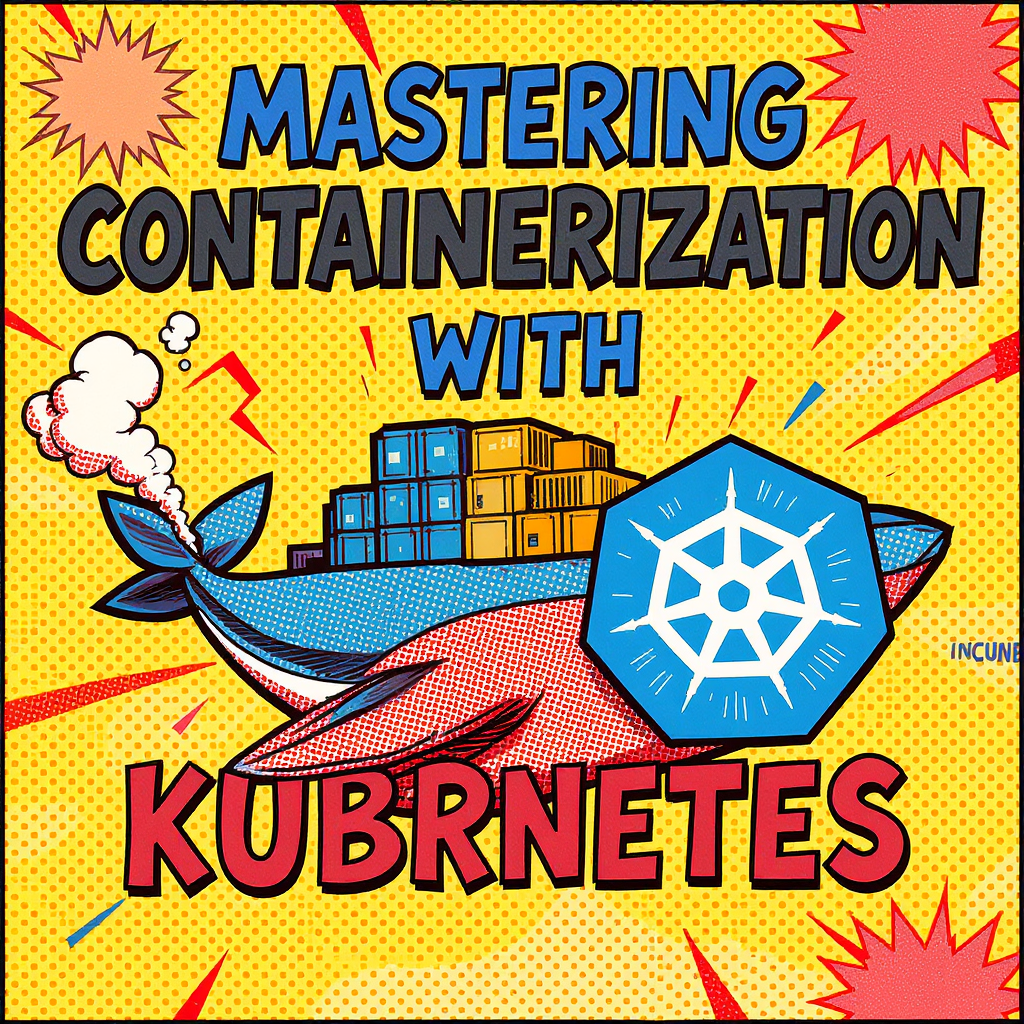In today’s dynamic IT landscape, efficient application deployment and management are paramount. This article explores the powerful combination of Docker and Kubernetes, two leading technologies revolutionizing how we build, ship, and run applications. We’ll delve into the core concepts of containerization with Docker, explaining its benefits and practical applications. Then, we’ll progress to Kubernetes, examining its orchestration capabilities and how it scales and manages Docker containers across clusters. We will cover essential aspects such as Docker images, Kubernetes deployments, and the overall advantages of this integrated approach for enhancing application lifecycle management and improving scalability and reliability. This guide aims to provide a comprehensive understanding of these technologies and their synergy, ultimately empowering you to master containerization in your workflows.
Understanding Docker: Containerization Basics
Docker simplifies application deployment by packaging an application and its dependencies into a standardized unit called a container. This ensures consistent execution across different environments, eliminating the infamous “it works on my machine” problem. Containers leverage the host operating system’s kernel, making them significantly more lightweight than virtual machines. Docker utilizes images, which are read-only templates containing the application code, libraries, and runtime environment. These images can be easily shared and replicated, fostering collaboration and streamlined deployments. The docker build command creates images from a Dockerfile, a text file specifying the steps to build the image. Once built, images can be run using docker run, creating containers.
Orchestrating Containers with Kubernetes
While Docker excels at creating and managing individual containers, Kubernetes takes container management to the next level. It’s an open-source platform designed to automate the deployment, scaling, and management of containerized applications across clusters of hosts. Kubernetes handles tasks such as scheduling containers, managing their lifecycle, and ensuring high availability. It abstracts away the complexities of managing multiple containers, allowing developers to focus on application logic. Key Kubernetes concepts include pods (groups of one or more containers), deployments (managing replicated pods), services (exposing applications running in pods), and namespaces (isolating resources).
Building and Deploying a Simple Application
Let’s illustrate a practical example. Consider a simple web application. First, we’d build a Docker image containing the application’s code and dependencies. The Dockerfile would specify the base image, copy the application code, and define the necessary commands to run the application. After building the image, we’d use a Kubernetes deployment YAML file to define how many replicas of the application should run, resource limits, and other configuration settings. Kubernetes would then handle the deployment, scaling, and management of these containers across the cluster. This automated approach streamlines the deployment process, ensuring consistency and reliability.
Advanced Kubernetes Concepts: Scaling and Resilience
Kubernetes offers robust mechanisms for scaling and ensuring resilience. Horizontal Pod Autoscaling (HPA) automatically adjusts the number of pods based on resource utilization or custom metrics. This ensures optimal resource allocation and handles fluctuating demand. Furthermore, Kubernetes employs techniques like rolling updates and rollbacks to minimize downtime during deployments and allow for easy reverts if issues arise. These features significantly improve the stability and scalability of containerized applications. Understanding these advanced concepts is crucial for building robust and reliable applications.
Conclusion
Mastering Docker and Kubernetes empowers developers and operations teams to efficiently manage and scale applications. Docker provides a lightweight and portable way to package and deploy applications, while Kubernetes orchestrates these containers, ensuring high availability and scalability. By understanding the core concepts of Docker images, Kubernetes deployments, services, and scaling mechanisms, you can build and deploy robust, resilient, and scalable applications. The combination of Docker’s containerization and Kubernetes’ orchestration capabilities represents a significant advancement in application deployment and management, improving efficiency and reducing operational complexities. Through practical application and continuous learning, you can fully leverage the potential of this powerful technology stack.
| Technology | Key Feature | Benefit |
|---|---|---|
| Docker | Containerization | Portability, consistency |
| Kubernetes | Orchestration | Scalability, high availability |
References
Image By: Black Forest Labs






